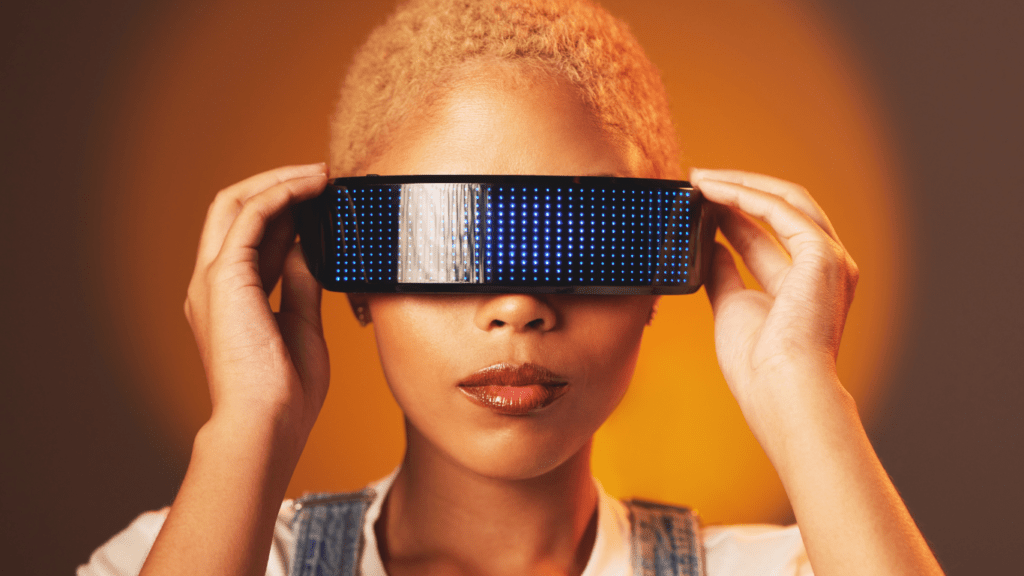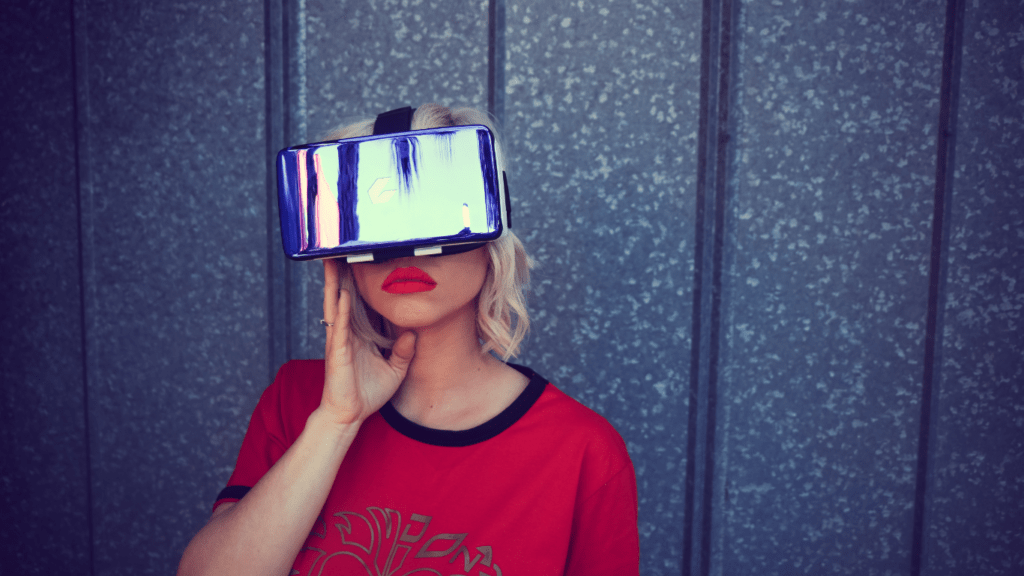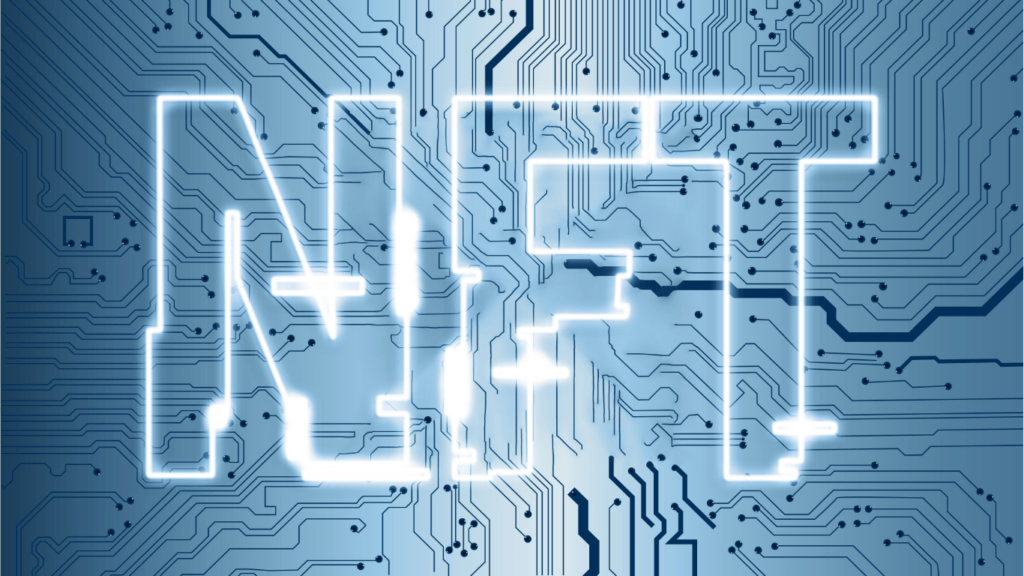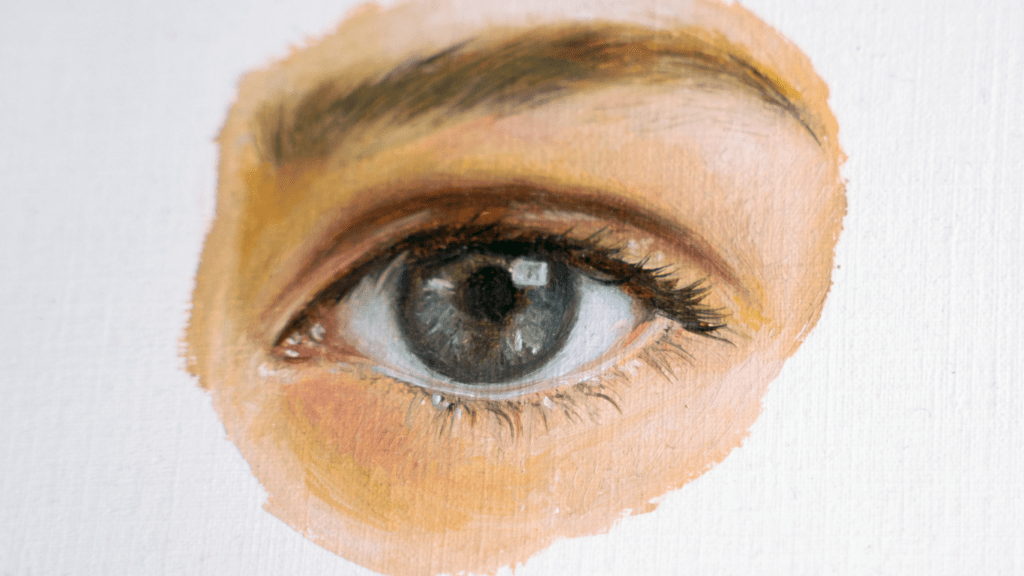Understanding Augmented Reality
Augmented Reality (AR) enhances the real world by overlaying digital content onto physical surroundings. Users experience this through devices like smartphones and AR glasses which project virtual elements onto real-world views. AR applications span various sectors including gaming, education, and, notably, art.
AR operates by using sensors, cameras, and algorithms to determine the position and orientation of objects within the environment. The technology then adds digital imagery or information to the user’s field of view. By blending these elements, AR creates an enriched version of reality that can interact with the physical world.
ART impacts art by enabling artists to create immersive, interactive experiences. For example, visitors to a gallery might see a static painting that transforms when viewed through an AR device, revealing hidden layers and animations. This capability not only transforms the viewing experience but also expands the creative possibilities for artists.
Artists use AR to develop interactive exhibits that engage audiences in new ways. Murals can animate, sculptures can speak, and installations can change based on viewer interaction. These dynamic elements make art more engaging and accessible, attracting a broader audience.
Beyond enhancing the viewer’s experience, AR in art offers practical benefits. Artists can use AR for virtual previews of installations to save time and resources. Additionally, AR facilitates remote collaboration, allowing artists from different locations to work together seamlessly.
A table summarizing AR’s applications in art:
| Aspect | Example |
|---|---|
| Interactive Exhibits | Animating murals |
| Expanding Creativity | Paintings with hidden layers |
| User Engagement | Sculptures that respond to viewers’ actions |
| Practical Benefits | Virtual previews of installations, remote collaboration |
Understanding AR’s impact on art means recognizing its role in bridging the digital and physical worlds. It transforms static art into dynamic experiences, making art more interactive, engaging, and accessible.
The Evolution of Digital Art
The transformation of digital art has been remarkable, spanning from rudimentary computer sketches to immersive Augmented Reality (AR) experiences.
Early Digital Art Forms
Early digital art forms started in the 1950s, where pioneers like Ben Laposky and Manfred Mohr used oscilloscopes and computer algorithms to create abstract images. These early works, often black-and-white, were limited by the technology of their time. As computers evolved, artists began experimenting with more complex graphics and colors, employing software like Adobe Photoshop (1988 release) and CorelDRAW (1989 release).
Transition to Augmented Reality
Augmented Reality represents a significant leap in digital art. Unlike previous forms restricted to screens, AR integrates digital components into the physical world. An artist can create interactive installations viewed using AR devices like smartphones and AR glasses. For example, virtual sculptures can change shapes as viewers move, or murals might reveal hidden narratives when scanned through AR apps. This shift not only enhances viewer engagement but also opens up new creative avenues for artists.
Key Applications of Augmented Reality in Digital Art
Augmented Reality (AR) significantly expands the possibilities for digital art. It enhances traditional forms, creates interactive installations, and powers virtual exhibitions, creating new experiences for both artists and viewers.
Enhancing Traditional Art
AR breathes new life into traditional art. Artists can overlay digital elements onto physical pieces, adding dimensions impossible with conventional media. For instance, a painting might include animated features viewable through AR apps. These enhancements deepen the viewer’s engagement, offering layers of storytelling beyond the static image.
Interactive Installations
Interactive installations benefit greatly from AR. Artists design pieces that respond to viewer movements, creating evolving art experiences. For example, a sculpture may change color or shape when approached. This interactivity turns passive observation into active participation, intensifying the emotional impact of the artwork.
Virtual Exhibitions
Virtual exhibitions make art more accessible. Using AR, galleries can showcase digital artworks in any space, eliminating geographical barriers. Viewers, with smartphones or AR glasses, navigate virtual galleries, exploring artworks as if physically present. These exhibitions democratize art, reaching wider audiences without physical constraints.
Tools and Technologies
To fully appreciate the impact of Augmented Reality (AR) on digital art, understanding the tools and technologies involved is essential. Several platforms and emerging technologies are making it possible to bring digital art to life in unprecedented ways.
Popular AR Platforms

AR platforms have significantly shaped the creation and dissemination of digital art.
- ARKit: Apple’s ARKit equips developers with advanced AR tools, enabling the integration of motion tracking and scene understanding. Artists use it for creating interactive art installations that respond to user movements.
- ARCore: Google’s ARCore uses motion tracking, environmental understanding, and light estimation to create immersive AR experiences. It enables the layering of digital art over real-world environments.
- Spark AR: Facebook’s Spark AR allows users to build AR effects for Facebook and Instagram. It supports creativity with its easy-to-use interface, making it accessible for artists to design AR art pieces without needing extensive coding knowledge.
- Unity: As a versatile game engine, Unity offers robust AR development capabilities, letting artists craft highly engaging and interactive digital art experiences.
Emerging Technologies
Emerging technologies are continuously expanding the horizons of AR in digital art.
- 5G Networks: 5G’s high-speed and low-latency benefits make real-time AR interactions seamless. This enables more complex and data-intensive AR art installations and exhibitions.
- Machine Learning (ML): ML enhances AR experiences by enabling more sophisticated object recognition and interaction patterns. This allows for the creation of artworks that can adapt to viewer behaviors and preferences dynamically.
- LiDAR: Light Detection and Ranging (LiDAR) technology improves depth sensing and situational awareness in AR applications. Artists utilize it to develop more accurate and immersive AR experiences.
- Consumer AR Glasses: Upcoming AR glasses, including those from companies like Apple and Facebook, promise to integrate digital art into everyday life more naturally. These devices open up new possibilities for how digital art is viewed and interacted with.
These tools and technologies collectively push the boundaries of what is possible in digital art, blending the digital and physical worlds in innovative ways.
Benefits of AR in Art
Incorporating Augmented Reality (AR) in art offers numerous advantages that enhance both the creation and consumption of art. These benefits foster a more immersive and interactive experience for viewers.
Increased Engagement
AR significantly boosts viewer interaction. Elements in AR art can respond to the observer’s movements (e.g., an AR painting animating when someone walks by). These dynamic features captivate attention and sustain viewer interest longer than static art pieces. Statistics from the Art Gallery Association show that AR-enhanced exhibits see a 40% rise in visitor engagement compared to traditional displays. Visitors’ extended engagement translates to a deeper appreciation and understanding of the art.
New Artistic Possibilities
AR unlocks endless creative opportunities. Artists can blend physical media with digital layers, creating hybrid works (e.g., sculptures with virtual overlays viewable through AR apps). Additionally, AR allows artists to design experiences impossible in just physical form (e.g., a mural transforming into a video sequence). According to Tech Encounters Magazine, 65% of digital artists reported that AR tools expanded their creative horizons, enabling innovative projects. These new possibilities not only push the boundaries of art but also attract tech-savvy audiences eager to explore cutting-edge creations.
By leveraging AR, artists can offer enriched and multifaceted art experiences.
Challenges and Limitations
Despite the potential, Augmented Reality (AR) in digital art faces several challenges and limitations affecting its widespread adoption and implementation.
Technical Limitations
Several technical hurdles impede AR’s seamless integration into art. High-quality AR experiences require powerful hardware, such as advanced smartphones or AR glasses, which may not be widely accessible to all audience segments. For instance, rendering complex 3D models and real-time interactions demands substantial processing power and memory, limiting the devices that can handle these tasks efficiently.
Additionally, software limitations present obstacles. AR applications need sophisticated algorithms to accurately track and overlay digital elements onto physical environments. These algorithms must handle varying lighting conditions, multiple surfaces, and dynamic movements without losing accuracy. Achieving high precision is challenging, particularly in less controlled environments.
Accessibility and Cost
Cost represents a significant barrier to AR adoption in the art world. Developing and maintaining AR applications for digital art can be expensive. Artists and institutions must invest in specialized software, hardware, and talent to create and sustain AR projects, which might be prohibitive for smaller entities or independent artists.
Accessibility also remains a critical issue. While AR technology has grown more common, not everyone possesses the necessary devices or the technical know-how to fully engage with AR art. This digital divide can exclude a portion of the audience, limiting the reach and impact of AR-enhanced art.
By recognizing and addressing these challenges, the art world can work towards more inclusive and effective use of AR, ultimately enriching audiences’ experiences and expanding the boundaries of creativity.





